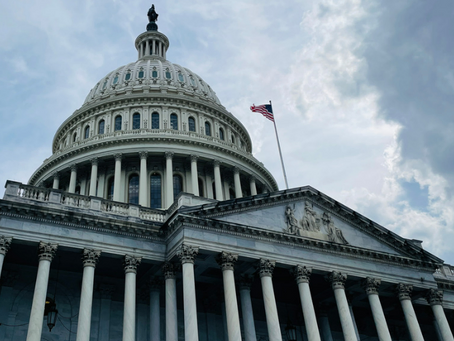Abstract –
 In this article, the authors use a structural credit risk model developed by Geske (1977) and generalized by Chen et al. (2014) to assess the delinquency risk of US Treasury debt implied by US sovereign CDS spreads. They also use the fitted structural model to determine the implied debt ceiling for the Federal Government.Key Findings
In this article, the authors use a structural credit risk model developed by Geske (1977) and generalized by Chen et al. (2014) to assess the delinquency risk of US Treasury debt implied by US sovereign CDS spreads. They also use the fitted structural model to determine the implied debt ceiling for the Federal Government.Key Findings
- As Treasury prices declined, US CDS spreads widened sharply. As the risk of a delinquency credit event increases, the likelihood of a CDS payout being triggered also increases.
- US CDS spreads rise and become more volatile around debt ceiling impasses because of the Federal Government’s limited ability to find alternative sources of funding in the short term when it approaches the statutory debt ceiling and its inability to raise income tax receipts quickly enough.
- Mitigating the debt ceiling problem by cutting Federal Government spending and using the cash to pay interest on Treasury securities and retire Federal Government debt would better contribute to reducing the probability of delinquency by the Federal Government.
Read full article here:
